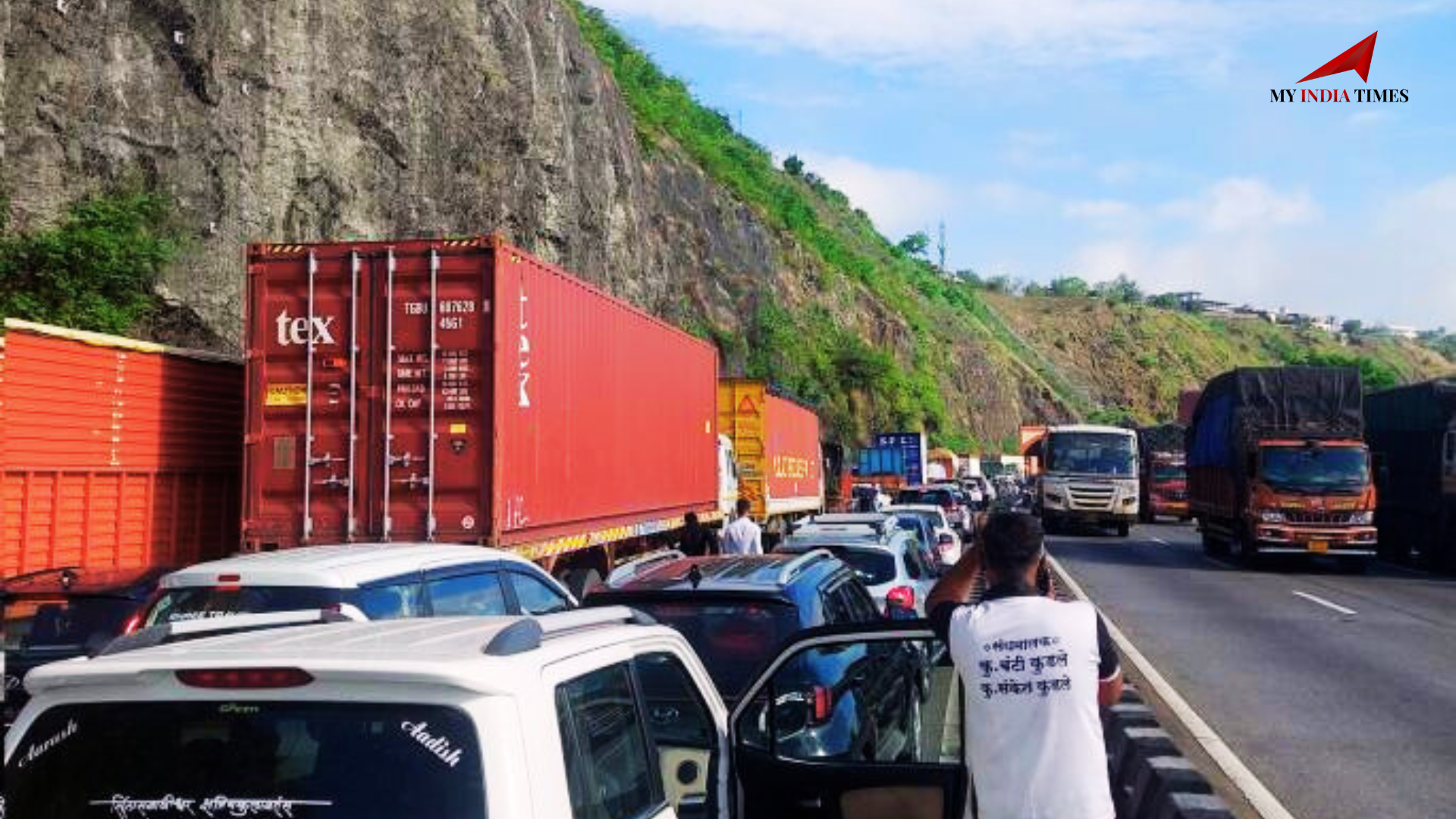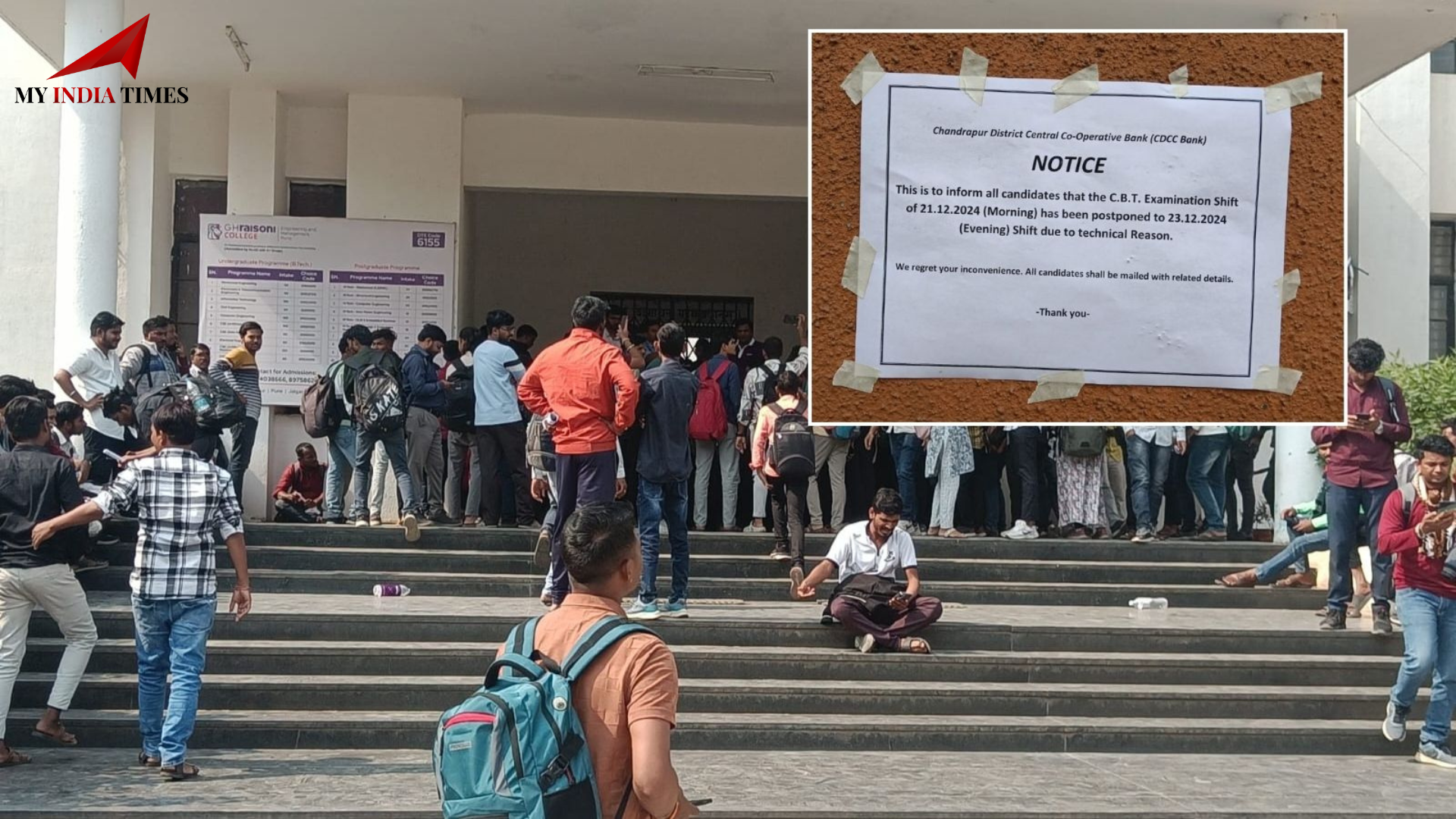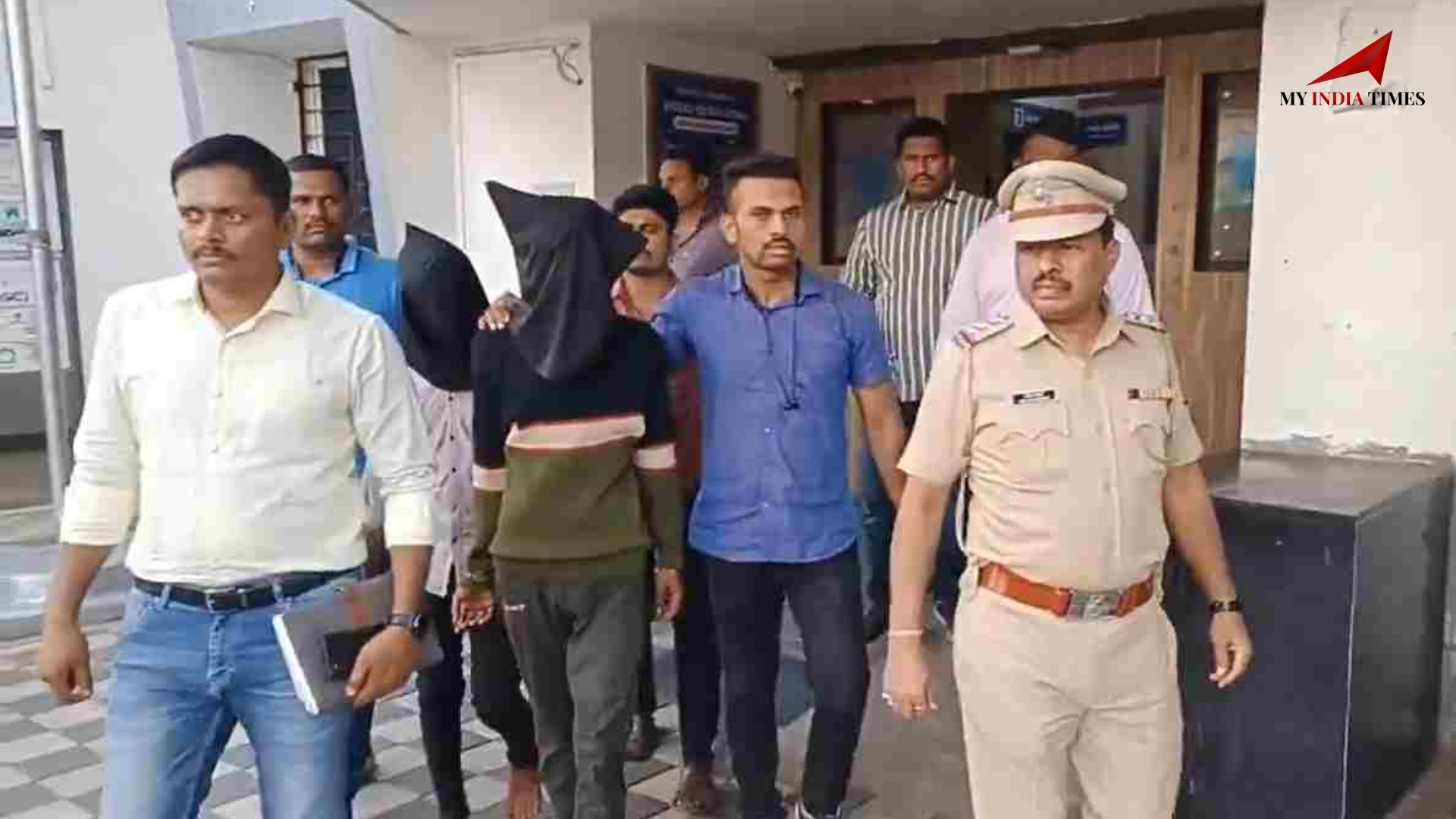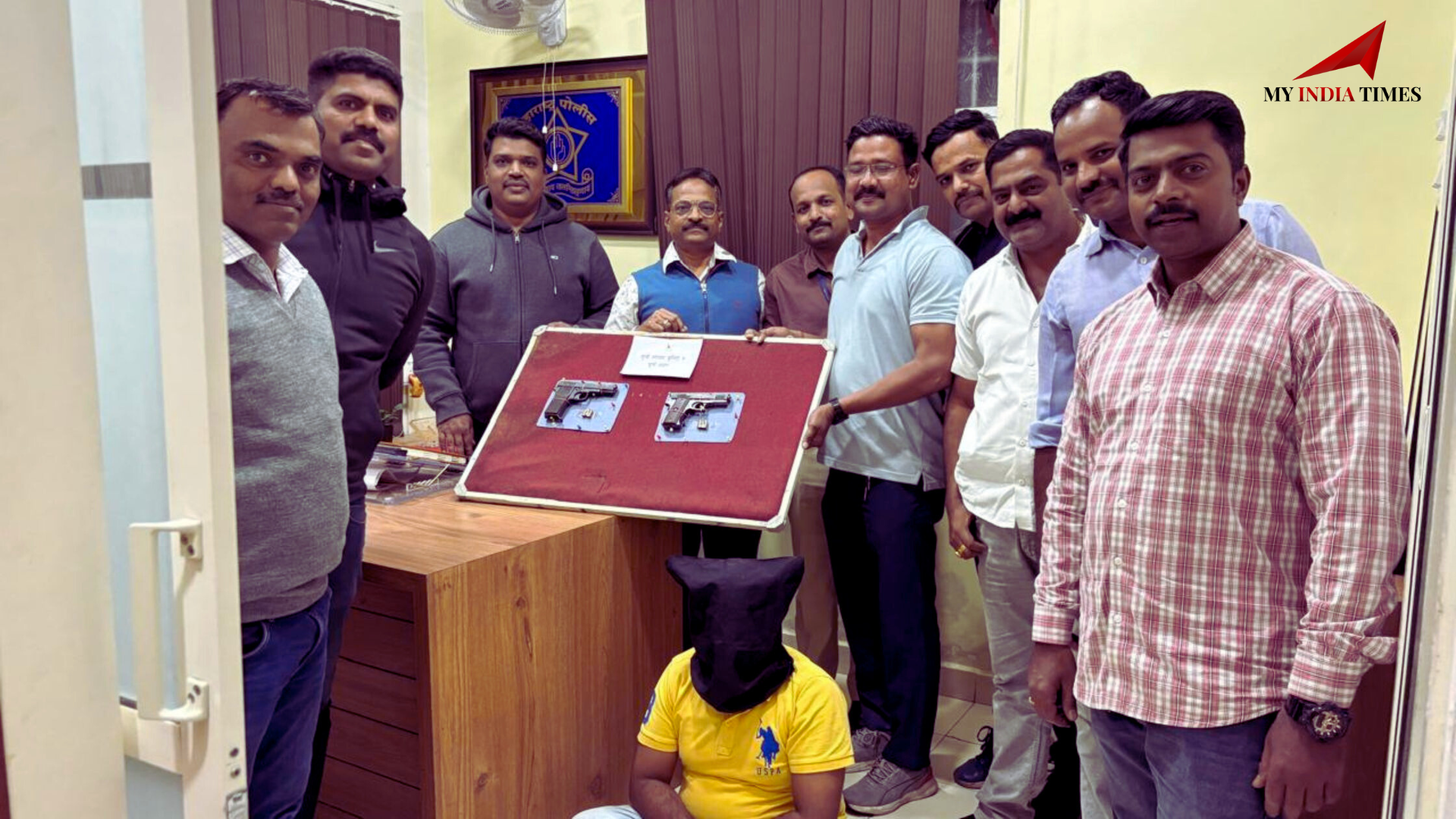LPG Cylinder Blast Kills Father and Son in Warje Malwadi
Two men lost their lives in a tragic LPG cylinder explosion at Warje Malwadi, Pune, early on Wednesday. The victims, identified as Mohan Manik Chavan (43) and Atish Mohan Chavan (25), died when their tin-roofed home caught fire and the heat triggered a massive blast.
The fire started around 1:50 am and spread rapidly through the structure. Before they could escape or call for help, the rising temperature caused the gas cylinder to explode violently.
Firefighters Raced Against Time
According to officials, fire brigades from Warje, Sinhagad, and Kothrud rushed to the location as soon as they received the distress call. The fire station was barely 200-300 meters away, yet the rapid spread of the flames and the sudden explosion made rescue operations extremely difficult.
Even though the firefighters got there in just a few minutes, they found the house completely engulfed in flames, and debris was spread all around. They worked tirelessly for hours to keep the fire from creeping into nearby homes.
A Mysterious Spark Led to Disaster
Investigators believe the fire might have started due to a minor electrical fault or a short circuit. Being a tin-roofed structure, the fire spread faster than usual, trapping the residents inside.
They've brought in forensic experts to figure out what really happened. They're taking a good look at samples from the scene, like the electrical wires and gas fittings.
Shockwaves Across the Neighborhood
The blast really messed up a lot of nearby homes. Windows were shattered, walls cracked, and you could feel the panic as people rushed out of their houses in the dead of the night.
Officials are telling families living close by to pack up and head out for a bit. They're also doing some safety checks to see if the nearby buildings are stable.
Desperate Rescue Attempts Failed
Neighbours rushed to help the Chavan family as soon as they heard their cries for help. However, when they tried to force open the house door, they were shocked to find it electrified.
Unable to enter safely, they were forced to step back. Just moments later, the LPG cylinder exploded, leaving the rescuers helpless and shaken.
A Rare Kind of Explosion
Fire Officer Prabhakar Umratkar described the incident as a rare and extreme case. In most fires, safety valves prevent LPG cylinders from exploding.
However, in this instance, the heat inside the house was so intense that the cylinder ruptured and broke into pieces — a highly unusual occurrence.
Urgent Appeal from Fire Authorities
In the wake of the tragedy, the Pune Fire Brigade has issued a list of urgent safety measures. They urge citizens to inspect LPG connections regularly, replace old rubber pipes, and fix faulty wiring without delay.
Installing smoke alarms and ensuring professional inspections every few years can prevent such disasters in the future, officials said.
Community in Mourning
The deaths of Mohan and Atish Chavan have left the Gokulnagar community in deep shock. Friends, neighbors, and local leaders gathered to offer condolences and support to the grieving family.
Social organizations are stepping in to arrange financial assistance and temporary housing for the survivors.
Lessons from Warje Malwadi’s Tragedy
This heartbreaking incident highlights the urgent need for stronger fire safety awareness, especially in densely packed residential areas.
Authorities must ensure proper inspections of old structures. Citizens, too, must remain alert and prioritize fire safety to prevent another such tragedy.







